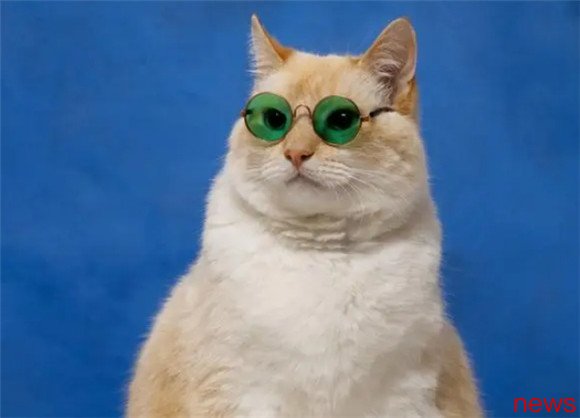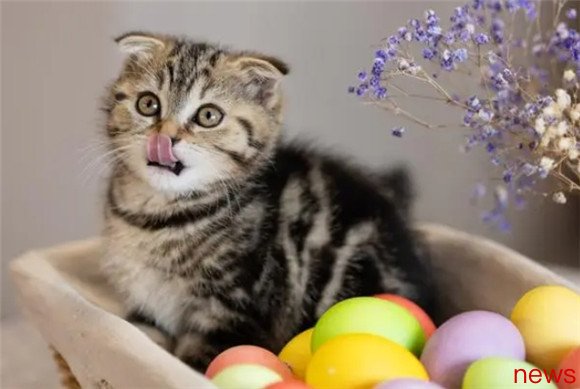We can use several different observation methods for how to judge whether a pet cat is overweight. Take the slim-shaped cats represented by Siamese cats, Oriental Shorthair cats, Bengal ocelots, Singapore cats, etc. as examples. They usually show a...
We can use several different observation methods for how to judge whether a pet cat is overweight. Take the slim-shaped cats represented by Siamese cats, Oriental Shorthair cats, Bengal ocelots, Singapore cats, etc. as examples. They usually show a slender figure, slender limbs, light body shape and clear muscle contours. When these cats start to gain weight, changes often appear first from the abdomen, and the originally tight lower abdomen area will gradually become soft, forming a layer of palpable fat. As the weight increases, the sides of the cat's torso will also bulge significantly, taking a shape similar to a date pit. This is a reminder to the owner to pay attention to the cat's weight management.

Go further. If the cat's face and neck also begin to become round, lose its original sense of line, and appear "silly", then this usually means that the cat is already in an over-obese state and needs to take immediate measures to help them lose weight to maintain their health.
Round and thick cats, round cats such as British shorthair cats and exotic shorthair cats, have a large skeleton, thick beard pads, fat cheeks, and thick necks make them look fat. For such cats, we can look at the ratio of their heads to their belly. If the width of the belly exceeds the width of the head, it means that their food standards may exceed the standard. Thick and strong cats, how should we judge strong cats such as American shorthair cats and Chinese tabby cats? At this time, you can see their scapula protrusions. When the cat lie down, there is no obvious protrusions on the scapula. So, hurry up and take a diet to lose weight.
Cats with a lot of hair are often considered fat even though they are not fat. For example, Jinjira, Persian, and Himalayan cats are obviously of standard weight, but they are considered fat. The main reason is that the hair is too thick. Therefore, you can judge whether the weight exceeds the standard when giving the cat bath water to the cat and pressing it against the body. Just look at the ratio of their belly to their head and neck.

In fact, given that different breeds of cats have their own unique standard weight range, we can use these standard weights as an important reference for evaluating cat posture. Specifically, if a cat's weight exceeds 15% to 30% of its breed's standard weight, it can be considered overweight; and once the weight exceeds more than 30% of its standard weight, it clearly indicates that the cat is obese. At this time, it must be taken seriously and effective measures to help the cat lose weight to maintain its health.